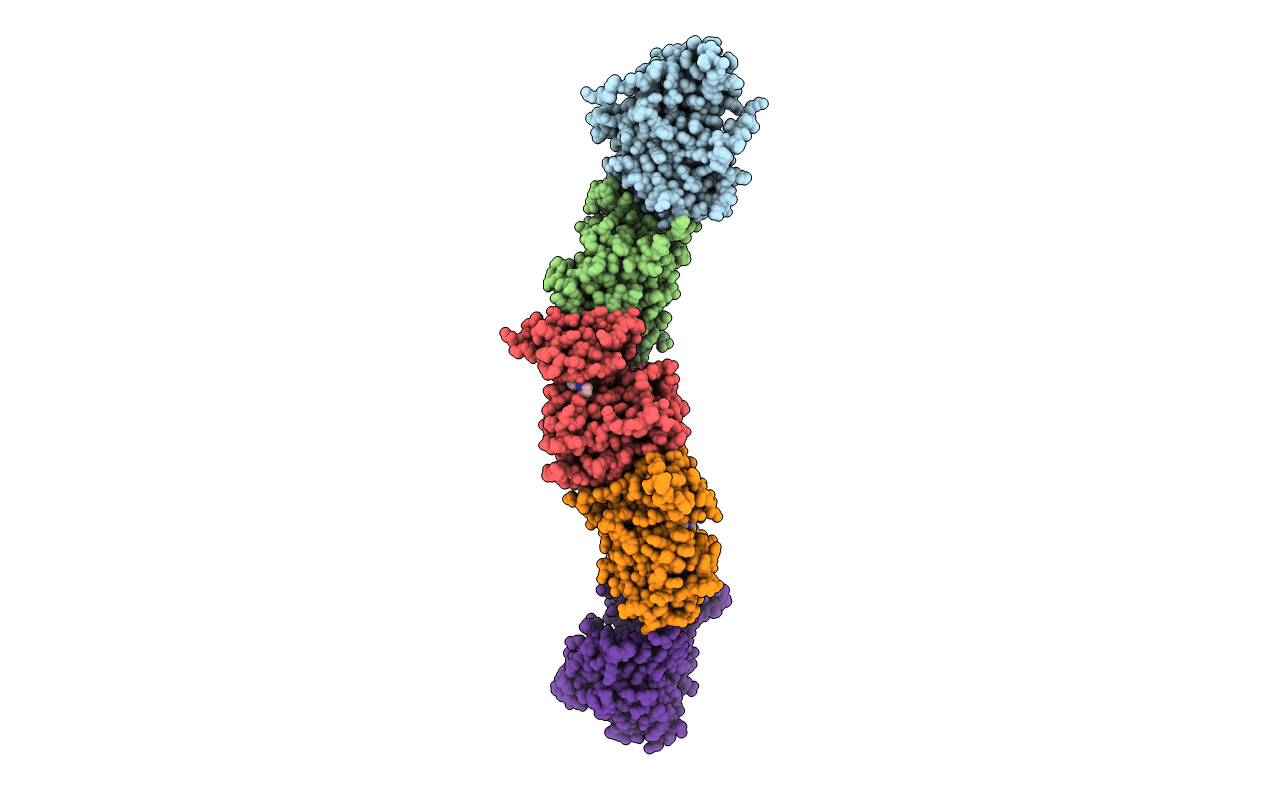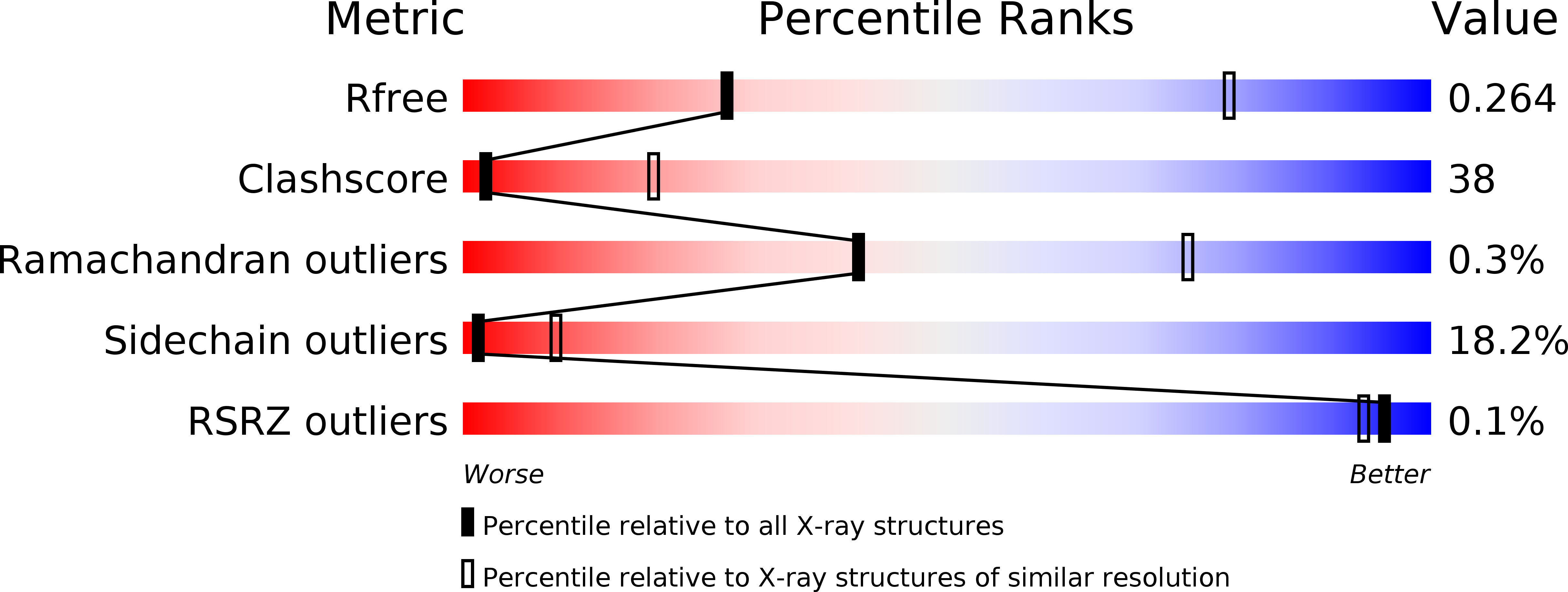
Deposition Date
2013-07-20
Release Date
2014-01-15
Last Version Date
2024-11-06
Entry Detail
PDB ID:
4LRM
Keywords:
Title:
EGFR D770_N771insNPG in complex with PD168393
Biological Source:
Source Organism:
Homo sapiens (Taxon ID: 9606)
Host Organism:
Method Details:
Experimental Method:
Resolution:
3.53 Å
R-Value Free:
0.26
R-Value Work:
0.22
R-Value Observed:
0.22
Space Group:
C 2 2 21


